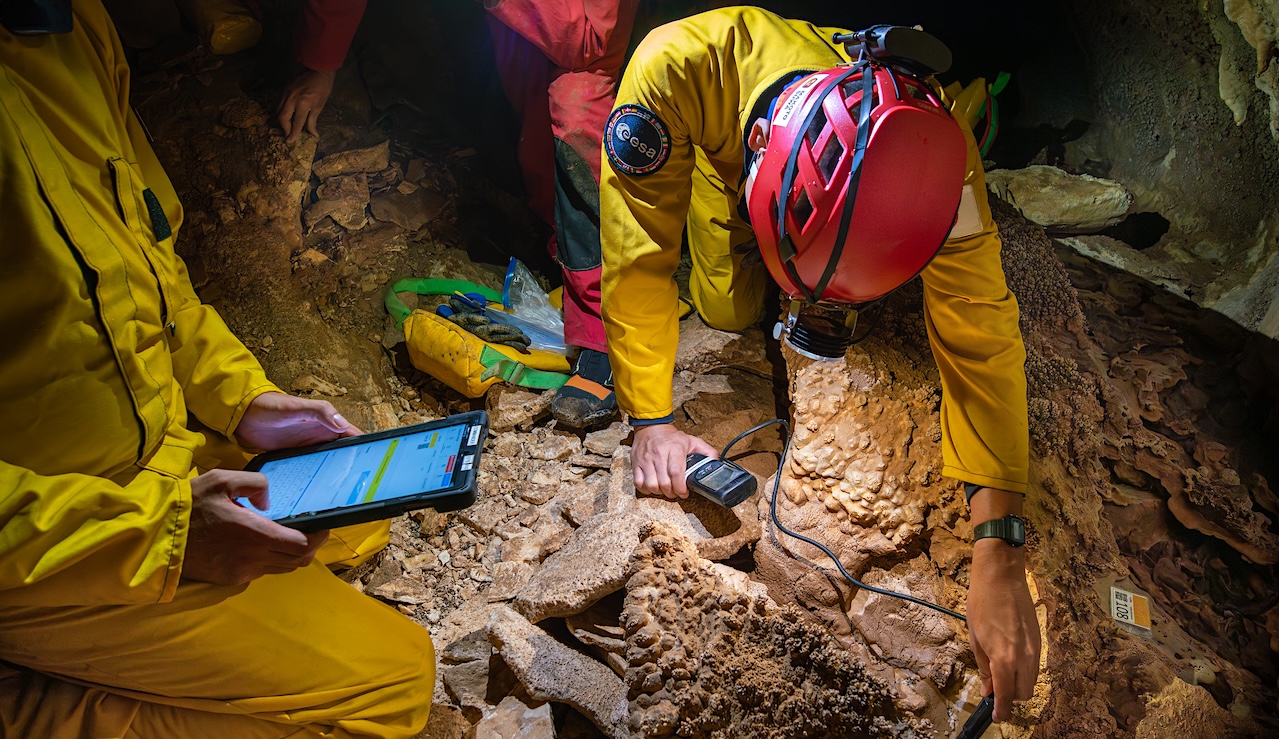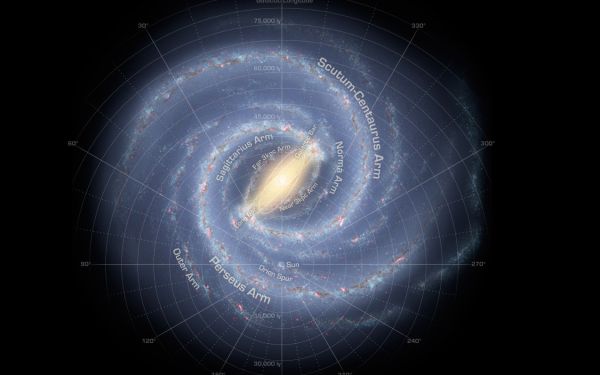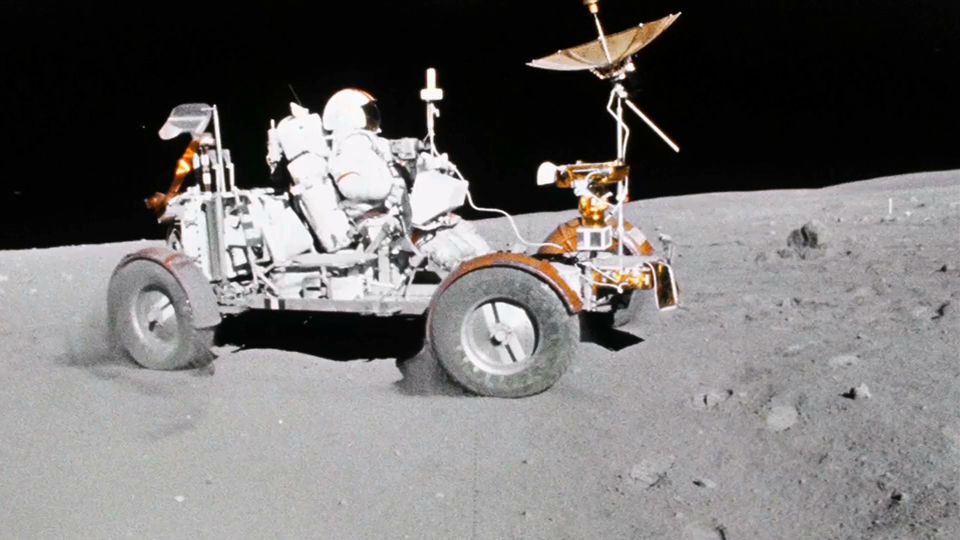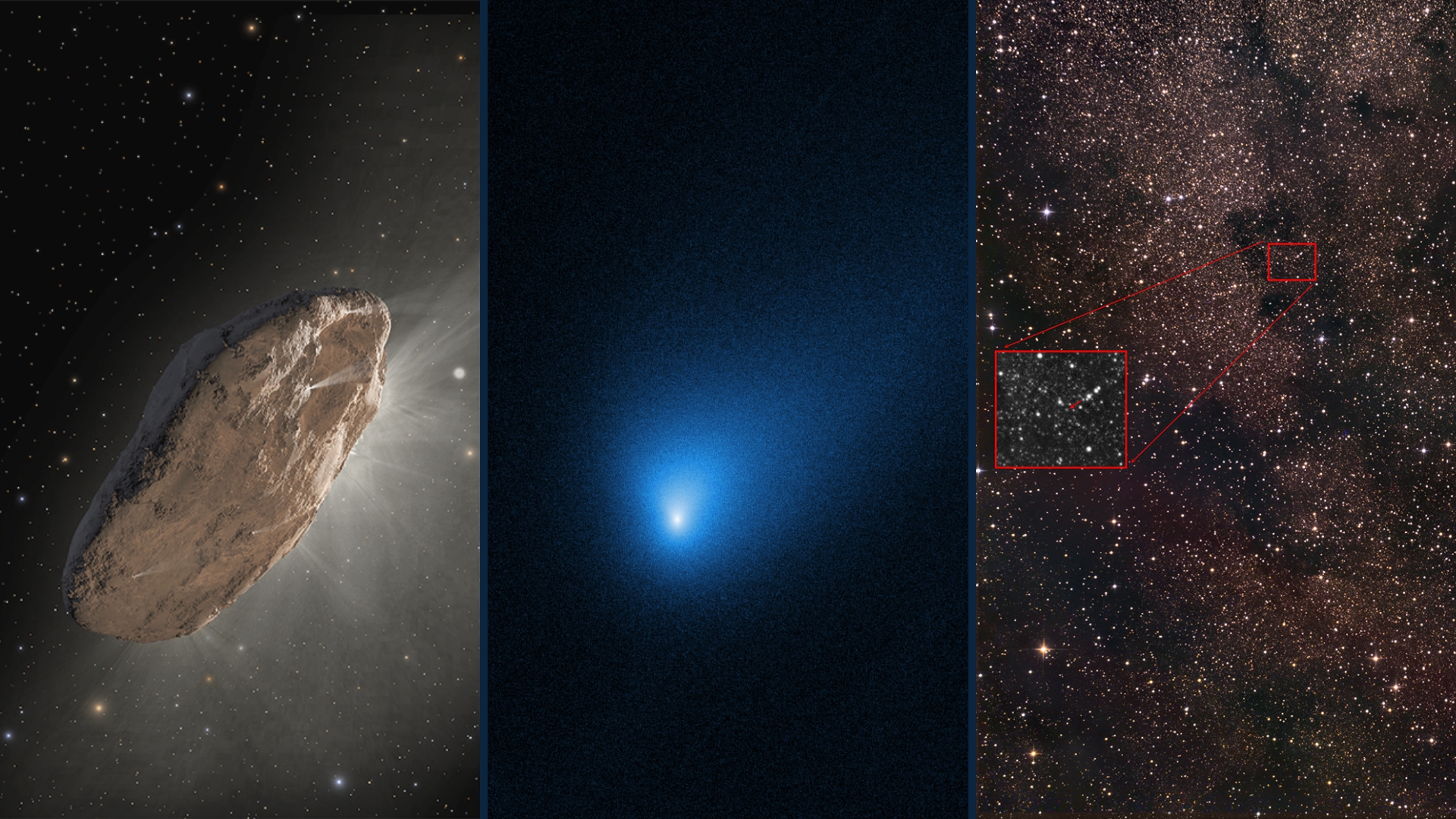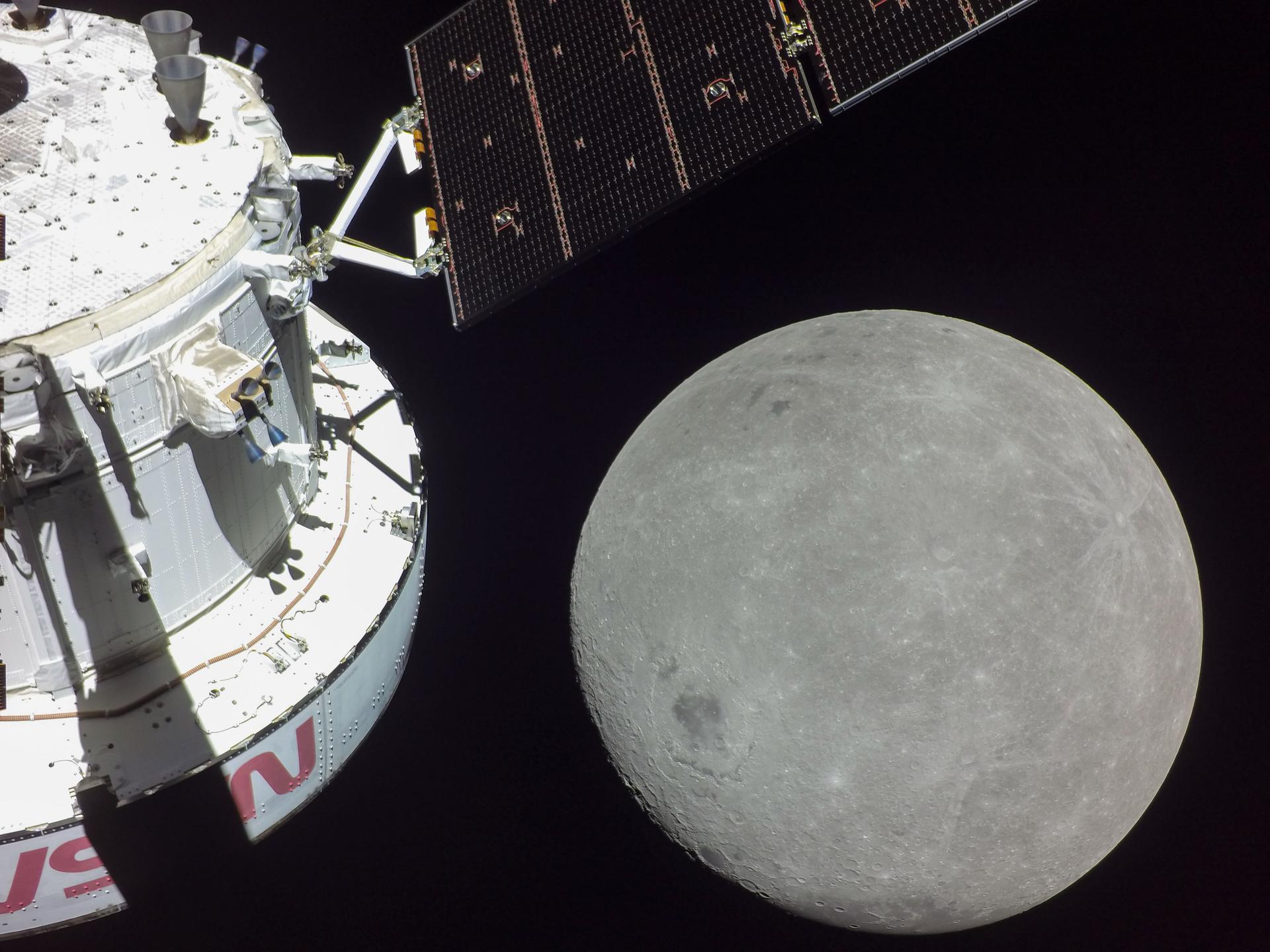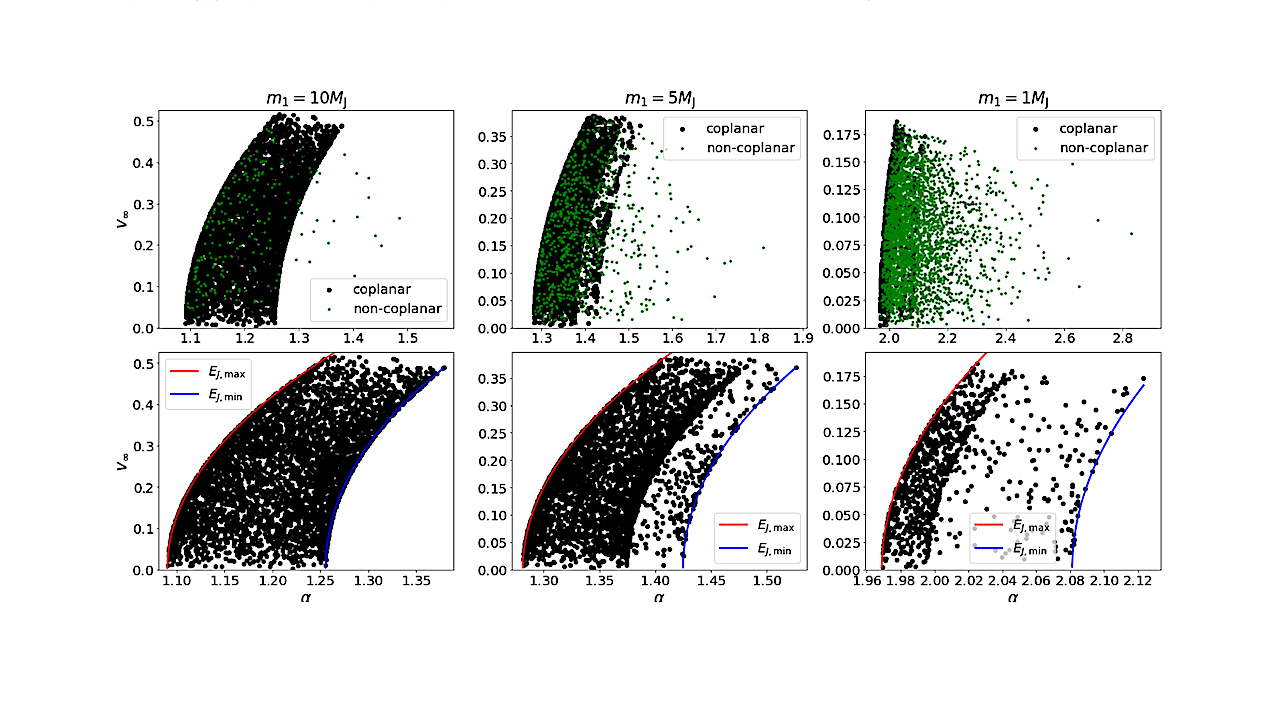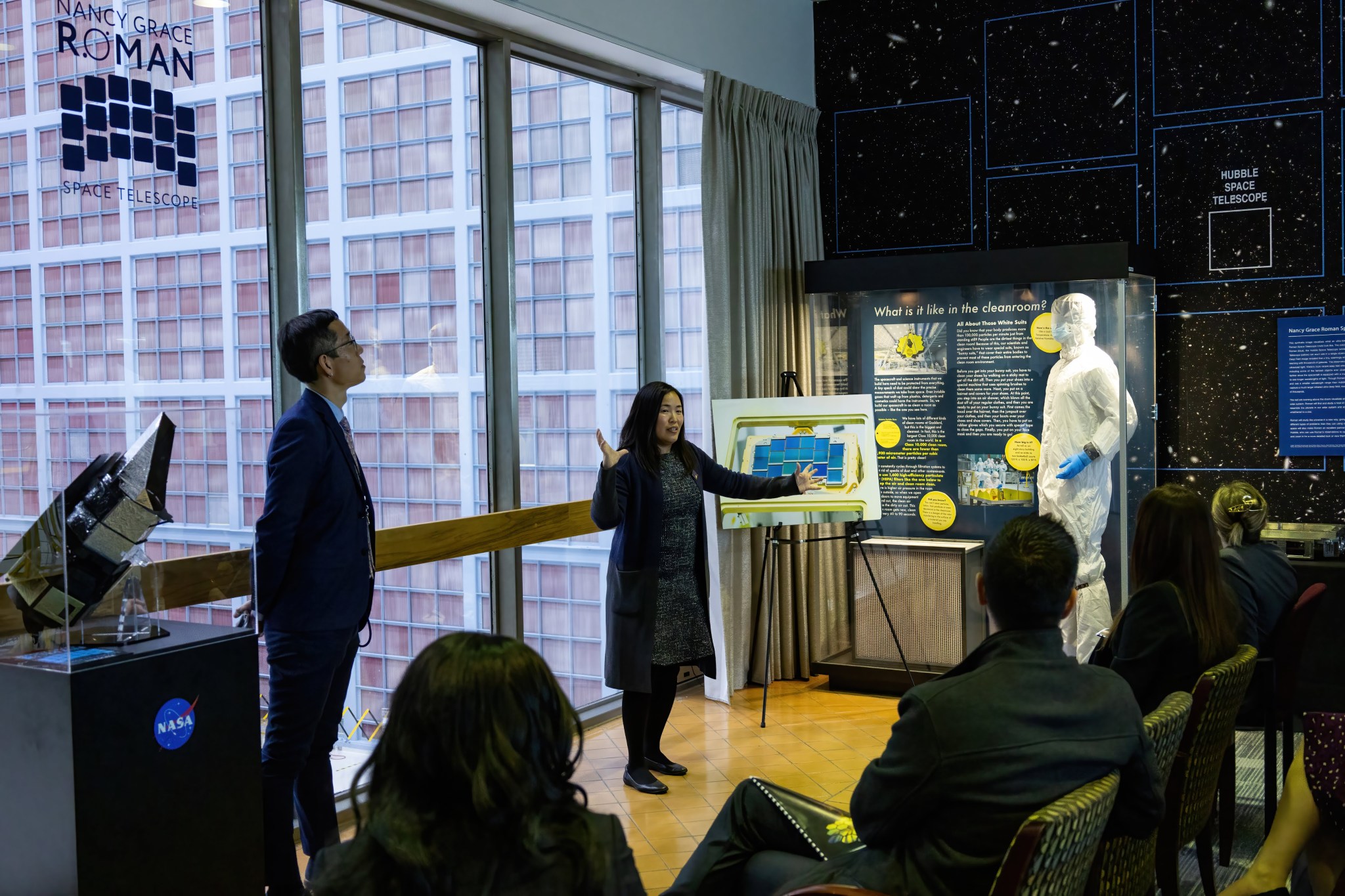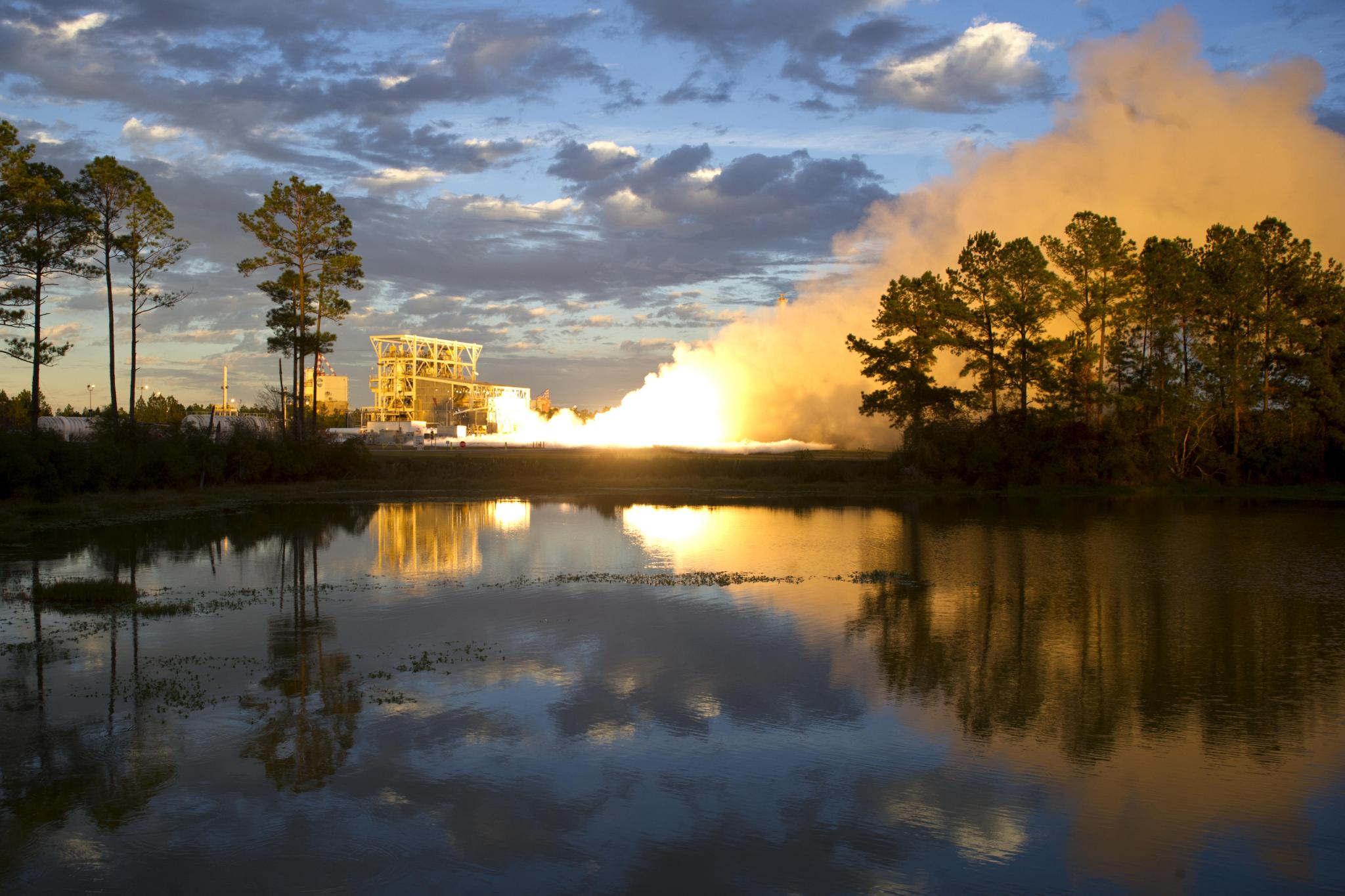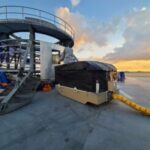Keith Cowing Explorers Club Fellow, ex-NASA Space Station Payload manager/space biologist, Away Teams, Journalist, Lapsed climber, Synaesthete, Na’Vi-Jedi-Freman-Buddhist-mix, ASL, Devon Island and Everest Base Camp veteran, (he/him) 🖖🏻 Follow on
Hot Posts606- Page
Hot spring on Early Earth — Grok via Astrobiology.com Chemists at UCL have shown how two of biology’s most fundamental ingredients, RNA (ribonucleic acid) and amino acids, could have spontaneously
For stargazers and astrophotographers in the northern hemisphere, summer is the best time to observe and photograph our cosmic neighborhood, the Milky Way galaxy. The summer months of June, July
Walmart is currently offering some of the best Lego deals and exclusive bundles during what it’s calling the “Bricktember Lego Sale”, which will run throughout September. Walmart is dropping Lego
New research suggests the interior of Mars is far messier than scientists once believed. Instead of neat, layered structures, perhaps resembling a smooth slice of Millionaire’s Shortbread, Mars’ mantle is
The first interstellar object to visit the solar system may have been a fragment of an icy exoplanet, research suggests. When 1I/’Oumuamua was first spotted in 2017, astronomers quickly determined
NASA announced that Artemis II, the first crewed mission to the Moon since the Apollo Era, will launch by February 2026. The crew has named their spacecraft “Integrity” to honor
Exoplanets, -moons, -comets Status Report astro-ph.GA August 27, 2025 Velocity at infinity vs. parameter α for ejected test particles — astro-ph.EP The discovery of numerous free-floating planets (FFPs) has intensified
Research Astrophysicist and Roman’s Deputy Wide Field Instrument Scientist – Goddard Space Flight Center From a young age, Ami Choi — now a research astrophysicist at NASA — was drawn
Teams at NASA’s Stennis Space Center conduct a hot fire test of an Aerojet AJ26 rocket engine on the E-1 Test Stand in November 2013. NASA/Stennis If location, location, location
-
 012024 in Review: Highlights from NASA in Silicon Valley
012024 in Review: Highlights from NASA in Silicon Valley -
 02Panasonic Leica Summilux DG 15mm f/1.7 ASPH review
02Panasonic Leica Summilux DG 15mm f/1.7 ASPH review -
 03How New NASA, India Earth Satellite NISAR Will See Earth
03How New NASA, India Earth Satellite NISAR Will See Earth -
 04And Thus Begins A New Year For Life On Earth
04And Thus Begins A New Year For Life On Earth -
 05Astronomy Activation Ambassadors: A New Era
05Astronomy Activation Ambassadors: A New Era -
06SpaceX launch surge helps set new global launch record in 2024
-
 07Space Force plans new ‘Futures Command’ amid pressure to speed up modernization
07Space Force plans new ‘Futures Command’ amid pressure to speed up modernization


